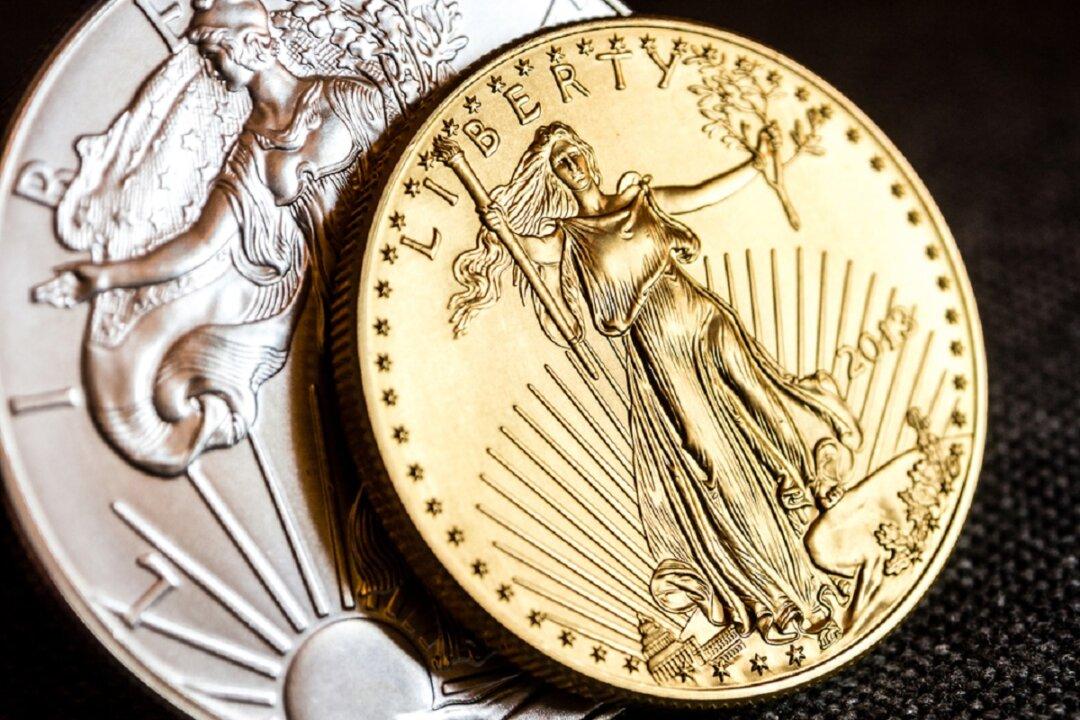In today’s uncertain economic climate, many people are looking for ways to hedge their retirement accounts to combat inflation. Gold IRAs allow investors to put their money into precious metals.
While many people feel that their standard employer-provided 401(k) will be enough to sustain them through their golden years, more and more people are waking up to the fact that the value of our currency could plummet, devaluing their retirement accounts.





